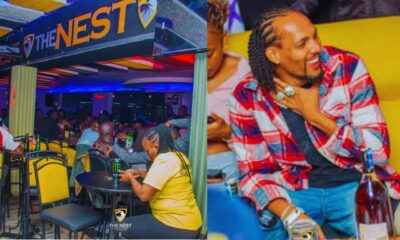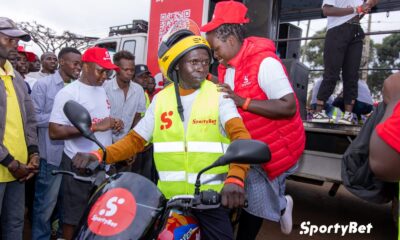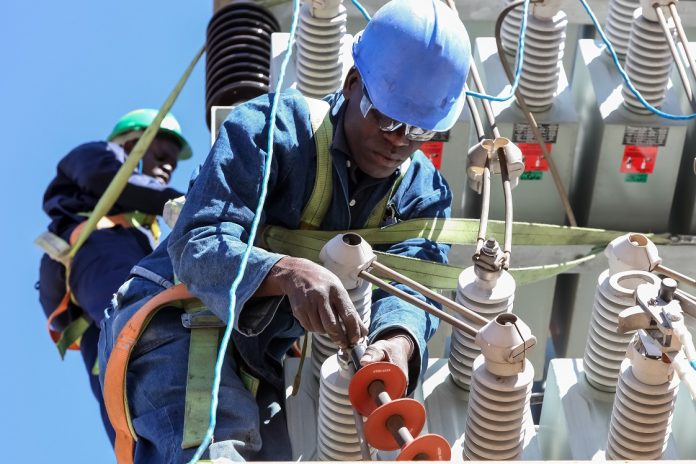Bidders were informed of scheduled visits to sites in parts of Nairobi, North Eastern, Mt. Kenya, Central Rift, North Rift, Western Kenya and South Nyanza – identifying routes where the cable links are to be installed.
Kenya Power is currently offering dark fibre on 5, 15, and 20 years Indefeasible Rights of Use (IRU) at market driven prices.
Commissioned fibre links on completed routes on the KPLC network include the 500km Nairobi-Mombasa link, 100km Muhoroni-Kisii link and 370km Nairobi-Tororo link among others.
KPLC also sees the extensive network as driving connections between Kenya and the entire Common Market of Eastern and Southern Africa (COMESA) region and beyond.
Five fibre optic international submarine cables have landed in Kenya in recent years, namely SEACOM, East Africa Marine Cable System, East Africa Submarine Cable System (EASsy), Madagascar-linked Lion2 and Djibouti Africa Regional Express (DARE 1). They have contributed to a significant drop in the cost of internet access and phone calls over the past decade.
The National Optic Fibre Backbone project was initiated by former President Mwai Kibaki’s administration in 2007, and aims to ensure connectivity in all corners of the country.
Roll-out of the project has continued over the years, with the government also counting on the network to facilitate fast delivery of government services to the grassroots such as issuance of ID’s and birth certificates.
As at March 2021, the backbone section of the project has been completed and fibre installed in all 47 counties. Metropolitan fibre civil works have also been completed in 35 of the 47 counties.

 Business News1 week ago
Business News1 week ago
 Business News2 days ago
Business News2 days ago
 Entertainment16 hours ago
Entertainment16 hours ago







